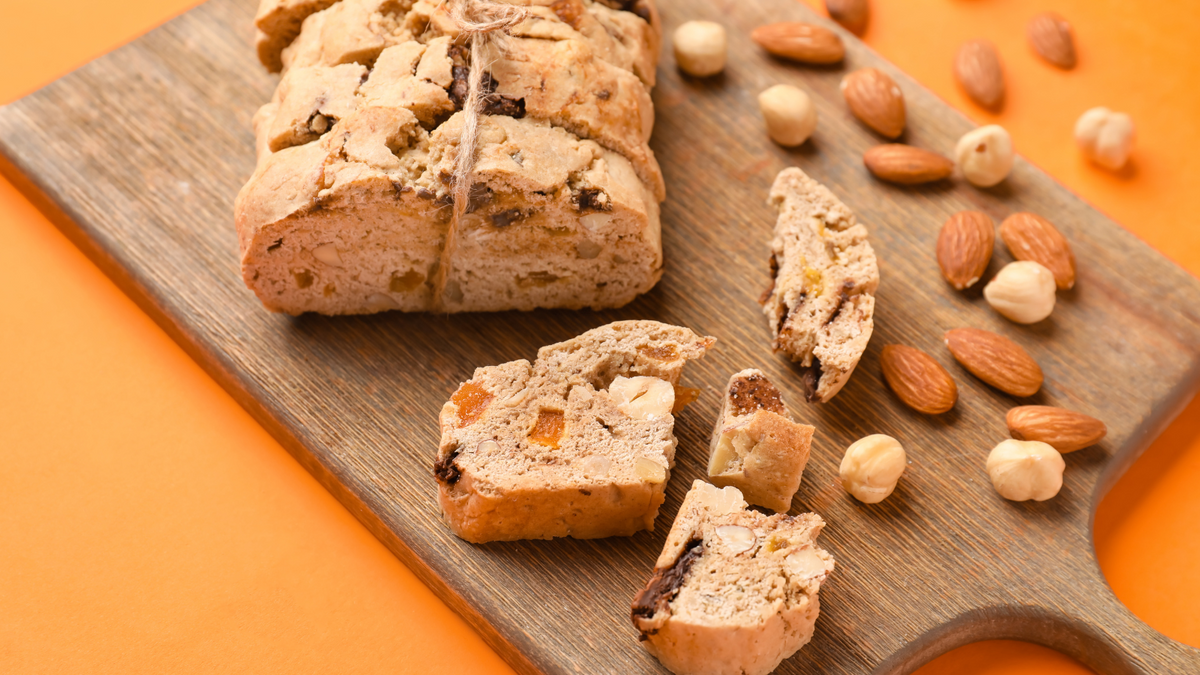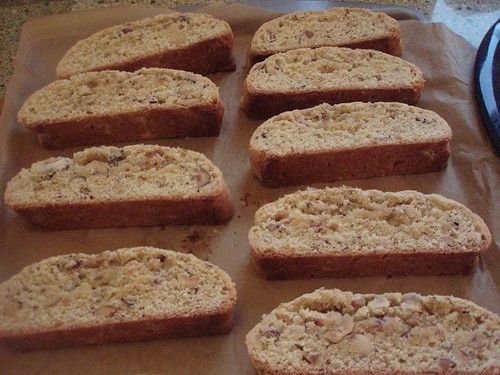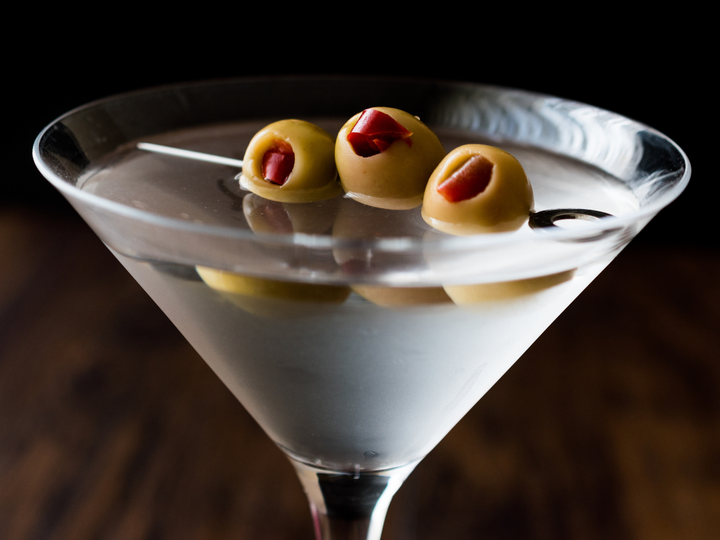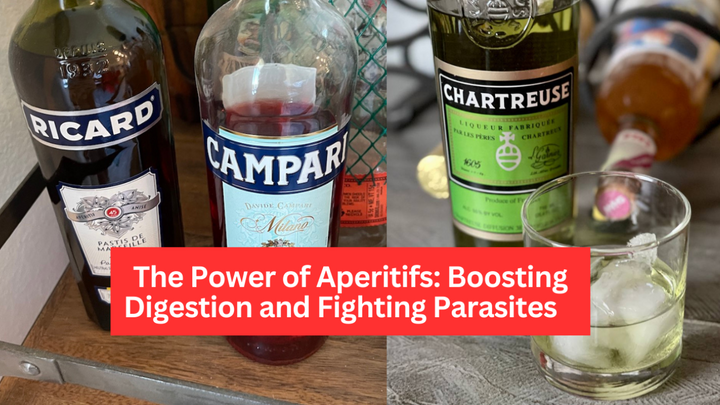Orange Hazelnut Biscotti
My mom makes biscotti every Christmas. But you can make biscotti for a special treat anytime of year. You can dunk them into a coffee (decaf for me) or hot cocoa, or you can enjoy them with a dessert wine, like they do in Italy and Spain.

My mom makes biscotti every Christmas. But you can make biscotti for a special treat anytime of year. You can dunk them into a coffee (decaf for me) or hot cocoa, or you can enjoy them with a dessert wine, like they do in Italy and Spain.
How to Make Biscotti Healthier
When I discovered the Weston A Price Foundation years ago, I knew there was a way to enjoy biscotti and make it even healthier. I use sprouted flour in place of refined white flour, and I use an unrefined sweetener, like palm sugar (also called coconut sugar,) instead of white sugar.
Palm sugar, or coconut sugar, is a wonderful sweetener for baked goods because it is not as heavy as sucanat (rapadura) and really tastes much more similar to the white sugar taste. You can even make homemade fudge with palm sugar.
You can use sucanat (sometimes referred to as rapadura) or maple sugar. Although maple sugar tends to be a bit more on the expensive side so you will want to use that in your most favorite of recipes.

Recipe Notes
These biscotti will keep at least two weeks in an airtight container, but are especially good when eaten the day they are baked. A combination of almonds and hazelnuts (sometimes referred to as filberts) works very well, too.
Things to Do Ahead
1. Soak and dehydrate the Hazelnuts 24-26 hours ahead
2. Order or grind sprouted flour
Orange Hazelnut Biscotti
Ingredients
Sprouted flour, whole wheat or spelt (2 cups) — where to buy flours
Baking powder (1 tsp)
Sea salt (1/4 tsp)
Butter, unsalted, grass-fed, organic (4 TBS)
Palm sugar, also called coconut sugar (1 cup)
Eggs, pastured, or free-range organic (2)
Vanilla extract, organic (1/2 tsp)
Almond extract, organic (1/4 tsp)
Hazelnuts (filberts), whole, raw (3/4 cup)
Orange, fresh, organic (1)
Equipment
Stand mixer or electric mixer
Microplane zester or fine cheese grater
Parchment paper or Silpat mats
Wire rack
Optional: Dehydrator
Directions
1. To soak and dehydrate the hazelnuts prior to use, first add to a mason jar or glass bowl.
2. Sprinkle 1 tsp. of sea salt on top.
3. Warm some filtered water in a saucepan until warm to touch (not hot). Pour over the hazelnuts, filling until they are immersed.
4. Soak the nuts for at least 7 hours (or overnight) in a warm spot in your kitchen.
5. Dry for 12-24 hours in a dehydrator or in oven at low heat (for more information on soaking nuts, please see Sally Fallon’s cookbook, Nourishing Traditions.)
6. Once thoroughly dried, lightly toast the hazelnuts in a 325 degree oven for several minutes until golden brown. Keep a close eye on them so they do not burn. Stir about halfway through to ensure even browning.
7. Remove the hazelnuts from the oven and allow to cool. Coarsely chop and set aside.
8. Rinse and dry the orange. Using a microplane zester or fine cheese grater, zest the rind of the orange, yielding about 2 tablespoons of zest. Set aside.
9. In a small bowl, combine together the sprouted flour, baking powder and sea salt. Set aside.
10. Allow the butter to come to room temperature to soften. Beat the butter and the palm sugar together in the bowl of an electric mixer until light and fluffy.
11. Add the eggs, one at a time, beating well after each addition. Add both the vanilla and almond extracts.
12. Stir in the chopped hazelnuts and the orange zest.
13. Fold the dry ingredients into the wet ingredients in the mixing bowl, until just combined.
14. Adjust oven rack to the middle position and preheat oven to 350 degrees.
15. Split the dough in half and turn each portion onto a greased cookie sheet covered with parchment or a Silpat mat. Using floured hands, shape each portion into a log, roughly about 13-by-2 inches. Place the logs about 3 inches apart on the cookie sheet. Pat each portion of dough to make smooth.
16. Bake the dough, turning the pan once, until the loaves are golden and just begin to crack on top, about 35 minutes.
17. Cool the loaves for 10 minutes, then lower the oven temperature to 325 degrees. Cut each loaf diagonally into 3/8-inch slices with a serrated knife. Lay the slices about 1/2-inch apart on the cookie sheet, cut side up, and return to the oven.
18. Bake the biscotti, turning over each cookie halfway through baking, until crisp and golden brown on both sides, about 15 minutes.
19. Transfer to wire rack and cool completely.



Comments ()